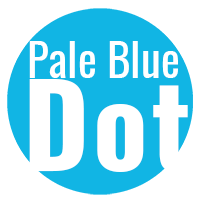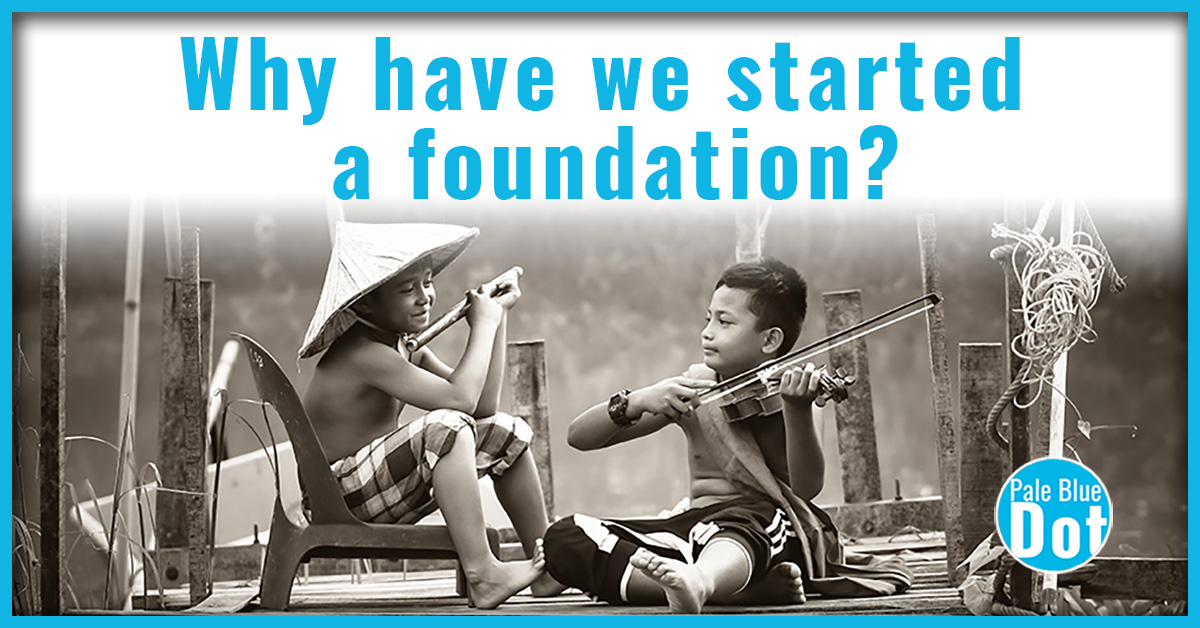“The things you do for yourself are gone when you are gone, but the things you do for others remain as your legacy.”– Kalu Ndukwe Kalu
What is our legacy?
When you have children, you don’t need to think too hard about the question of legacy, about what you will leave behind when you die. Your children will carry on your values, your story, and (for many) your DNA.
Michael and I do not have children of our own. This was a conscious choice. We have enjoyed being aunt and uncle to three nieces, each of whom brings something new and different into the world. They are growing into their own selves, and while we have been a part of their story, it has only been a small part. How, then, could we share our story with a wider audience that would live beyond our death?
A Growing Need For A Better Plan
This notion began more than a decade ago. Our families were spread out across Canada, and around the globe. Exchanging gifts involved certain amount of logistical challenges. We had increasingly moved away from gift exchanges. Children below the age of majority received gifts for birthdays, Christmas and so forth. Once they reached the age of majority, gifts were no longer exchanged. Our family shifted to emphasize charitable giving as a shared action. We tried to settle on a shared charity for each year. Selection was shaped by personal experiences, so that we could give back to institutions that had benefited a member of the family, or causes that were near and dear to our hearts.
This approach was better, but it still needed refinement. We couldn’t always agree on a single charity. Even when we did, the charity we supported never knew that the contributions from multiple sources, all with different last names and addresses, represented a single, larger group.
In the span of five years, both of our mothers succumbed to lung cancer, far younger than we had imagined. We lost a step-sister and brother-in-law. The experiences taught us some of challenges that come with the dissolution of an estate. Somewhere amidst the advice of a friends, family, lawyers, tax accountants, and financial advisors it became clear to us that we needed a better plan.
A Better Plan
How could we combine our philanthropic interests, our desire for a lasting legacy, and a desire to create the largest benefit from our combined estates?
We wanted to take our annual family charity selection process to the next level. Instead of each of us making a separate donation to the charity, one limited by this years’ financial position, we needed to take a longer term view of our wealth, and come up with a strategy. This strategy would need to:
-
Convert more of our assets into donations now, rather than waiting for our deaths;
-
Organize and structure our donations, year over year, and bind them into a recognizable entity that would live beyond our deaths;
-
Support the needs of our family, and like-minded friends who supported similar philanthropic goals; and
-
Optimize our hard-earned wealth, so that it could grow over time, to feed future causes.
The answer?
We needed to create a charitable giving foundation. If we could learn to work within that structure, we would be able to meet all four of the objectives above. We could create a legacy that would live beyond our deaths, and carry our story to future generations.
On October 15, 2019, The Pale Blue Dot Foundation was created by Kirsten Oulton and Michael Barontseff.


Amazing legacy Kirsten and Michael.